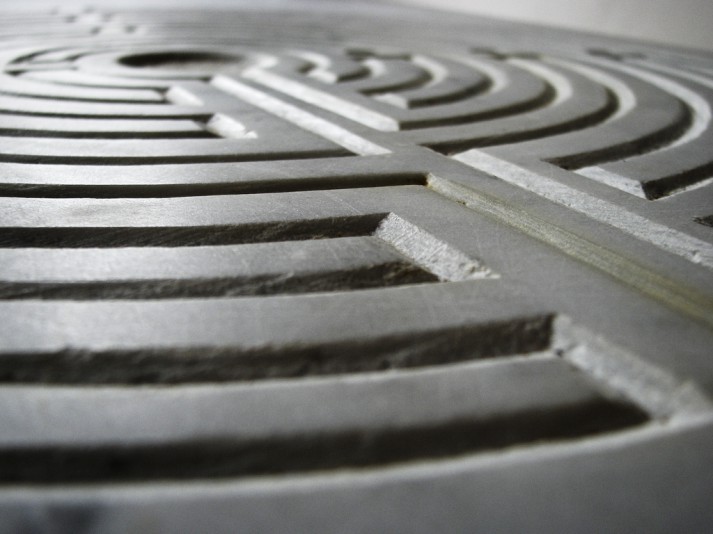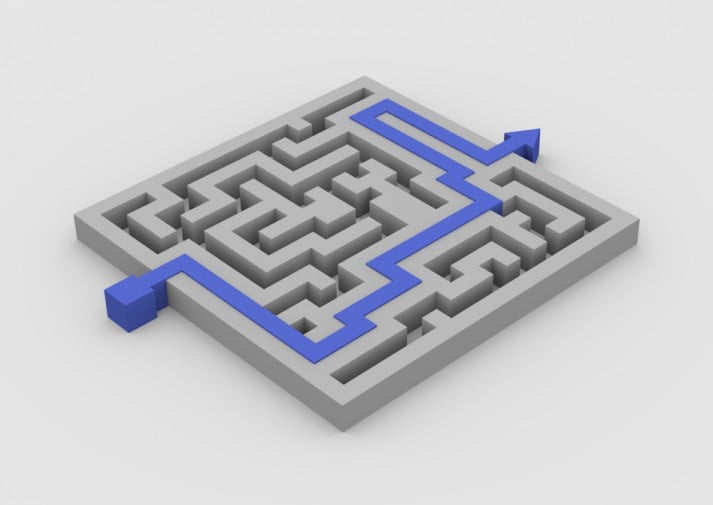Grieving is a natural process we all go through when we experience loss. The more significant the loss, the more profoundly the grief is felt! Grieving is usually associated with the death of a loved one, however grief is a natural response to any loss. Experiencing grief in any of the following situations is completely normal and this list is by no means exhaustive:
- Retirement
- Moving home
- Death of a loved one, friend and/or pet
- Significant life changes
- Diagnosis of an illness
- Acts of violence
- Natural disasters
- Change in job
- Loss of independence
- Injury and/or disability
Grieving can be painful and the emotions can be challenging to deal with. Feelings around denial, anger, helplessness, being vulnerable, wanting to regain control (If only I…), depression, sadness, regret and isolation can be emotions felt when grieving but you do not necessarily have to go through each emotion to move on and they are not necessarily experienced in that order. The grieving process takes time and there is no specific time scale in which people heal and move on. Grieving can not be hurried. It can take weeks, months or years. Whatever your experience the most important thing to remember is to allow the process to unfold naturally, be gentle with yourself and seek support, help and guidance when you need it. The strongest of people can need professional support and the smartest know when to ask for it. There is no “right way” to deal with grief and each person will respond differently. However there are “healthier ways” in which to deal with grief, which will support you to move on when you are ready.
Here are my top 10 tips when grieving:
1. Eat properly and take care of yourself.
Grief can put a lot of strain on your mind and body so it is important to feed your body with nourishing foods to help combat the effects of stress. High stress levels can lower your immune system and make you more susceptible to colds, flu and other illnesses. Eat nutrient dense foods, drink plenty of water and get enough sleep. Make sure you keep appointments with healthcare providers.
2. Write down what you are feeling.
Keep a journal about your daily life and life as a whole. Write as much or as little as you like. This is your journal and your life – you are in control. Some people find it helpful to share their written thoughts, others keep them under lock and key. Choose what feels right for you. Write down the emotions you felt through out the day and why you think you felt them. Notice if there are any specific triggers. This also helps to organise your thoughts and make sense of your feelings. It also makes it easier to process and make them seem less overwhelming. Write down a list of what you have been grateful for during your day and in your life – a gratitude list. Re-reading your gratitude list helps you to get through tougher days.
3. Do activities you enjoy.
Finding something you enjoy doing helps occupy your mind and supports you to be present. Any activity will engage your mind and body but creative activities such as painting, drawing, dance, singing, music, cooking and so on, are a great way to express yourself emotionally. When you apply yourself fully, notice how enlivened you feel. Getting energised this way will bring a sense of hope and opportunity to do something you’ve always fancied doing.
4. Be fully open to receive new experiences.
Try saying “yes” to opportunities. This will open you up to new and different experiences. When one door closes another opens. Trust that life does not give you anything you cannot cope with. Try something new. Remember this is a process you are going through that will not last forever – you will get through this.
5. Find groups to share with.
Joining a group that shares the same creative expression can allow you to feel a sense of community and provide opportunity to make friends, discuss feelings and learn from others who have been through a similar experience. Choose a group that is understanding and compassionate to your situation.
6. Get physical.
Start getting physically active. Jog, run, dance, yoga, join a fitness class, walk the dog but try to do something every day. This is about you doing something for you, getting time with your thoughts and getting out of your home. Physical exercise also aids a healthy mind and body and is a great stress, anger and depression buster.
7. Feed your mind positivity.
Try and avoid watching and reading “bad news”. This may seem obvious but watching and reading negative information is not conducive to your healing process. Find positive things to surround yourself with; entertaining programmes, watching an uplifting film or reading a good book. Socialise with friends and family who make you feel good and are supportive. Let them be there for you and forget the people that don’t show up for now; if they are meant to be in your life, they will show up again at some point. People usually fall into two categories with grief. They either distance themselves as they aren’t sure how to help – not because of you, it’s because of their own short comings or they are very supportive indeed.
8. It’s okay not to be okay.
Grieving can be a difficult process. Don’t try and keep up the impression that everything is okay when it isn’t – accept that you are not okay. Don’t be too hard on yourself. Allow yourself to experience the emotions you need to go through. Try not to resist them as this will make them seem stronger and prolong feeling them. If you need to cry, cry. If you feel angry, feel angry. Be gentle and be self-compassionate and know that you are not going crazy. Research the grieving process to educate yourself – knowledge is power. Don’t try and figure it out by yourself. The internet is a miraculous free fountain of knowledge so use it to understand what you are experiencing.
9. Have “acceptance” as your goal.
Processing your emotions in writing supports you to move towards acceptance. When you write something down repeatedly, your mind no longer looks for answers to questions you just couldn’t quite figure out. Reaching a point of acceptance can mean many things and you may feel that it is too soon to “accept” what has happened – this is okay. As mentioned earlier; there is no time scale when grieving, so move at your own pace and do what feels right for you. Acceptance will happen when you are ready.
10. The most important point to remember.
You are doing great in your own way – everyone experiences grief differently. What other people think has nothing to do with you. Being self-compassionate determines whether or not you want to pick yourself up, dust yourself off and give life another go. It’s a much easier choice to try and learn from an experience than to judge yourself negatively about the way you’re experiencing it. Be true to yourself. This will bring many more moments of joy and happiness into your life which will encourage you to keep moving forward.
Use the grieving process as an opportunity. An opportunity to be authentic through self compassion and to love yourself. Be your true self. You are strong, capable and beautiful. You will get through this part of your journey and be stronger for it.
By Siȃn Evans www.holisticink.com
Article from: http://www.holistictherapistmagazine.com

























